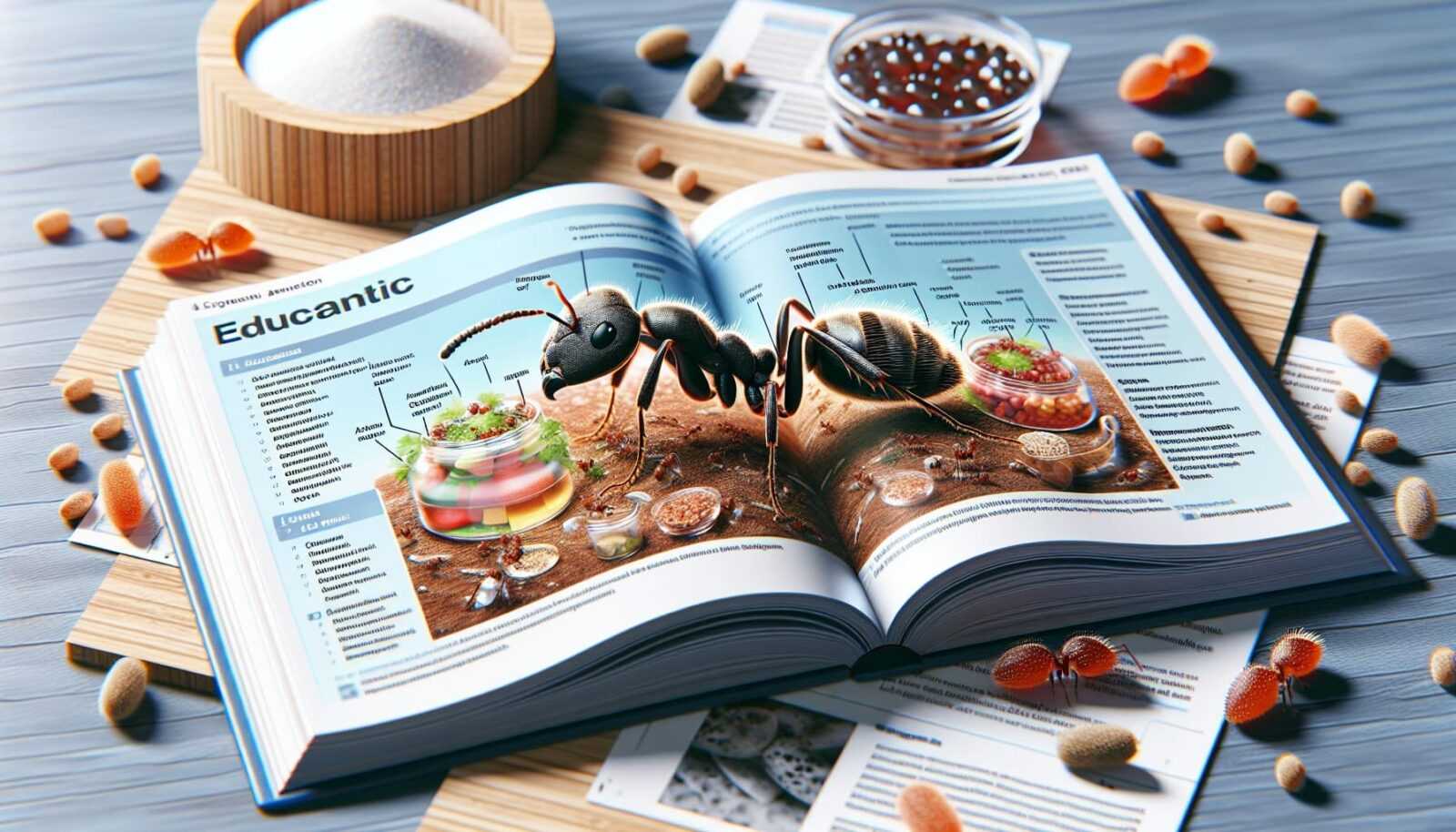Feeding Basics: A Beginners Guide to Proper Care and Maintenance

Feeding Basics for Beginners: A Comprehensive Guide
When it comes to maintaining healthy and thriving ant colonies, proper feeding is of utmost importance. Just like any other living creature, ants require a nutritious diet to survive and reproduce. In this comprehensive guide, we will explore the feeding basics you need to know as a beginner ant keeper. From understanding ant nutrition to learning about various feeding methods, this guide will equip you with the knowledge to ensure your ants’ well-being.
Understanding Ant Nutrition
Ants are omnivores, which means they can consume both plant and animal-based food. However, their specific dietary requirements can vary depending on the ant species. Most commonly kept ant species, such as Lasius niger or Camponotus, have a diet that consists of the following:
- Carbohydrates: Ants require a source of sugars, such as honeydew produced by aphids or nectar from flowers. Carbohydrates provide ants with energy to perform their daily activities.
- Proteins: Proteins are essential for ant larvae development and overall colony growth. Protein sources include insects, small arthropods, or other protein-rich food like boiled egg or chicken.
- Fats: Some ant species, particularly those with larger workers or longer hibernation periods, require fats in their diet. Fats can be provided through seeds or nuts.
- Water: Ants need access to clean water at all times. They use water for hydration, nest building, and regulating the humidity levels in their environment.
By providing a varied diet that includes carbohydrates, proteins, fats, and water, you can ensure your ant colony receives the necessary nutrients for their well-being and development.
Feeding Methods
There are several feeding methods you can employ to ensure your ants have access to food. The choice of feeding method depends on the size of your colony, ant species, and personal preferences. Here are some common feeding methods:
- Outworld Feeding: This method involves placing the food directly on the foraging area, also known as the outworld. Ants will locate and bring the food back to the nest. Outworld feeding is suitable for larger colonies and allows for easy monitoring of food consumption.
- Test Tube Setup: If you have a small colony or are just starting, you can provide food in the test tube setup itself. This method is convenient as it mimics the natural environment where the queen is housed, and the workers can easily access the food.
- Feeding Dishes: Another popular method is placing food in a shallow dish within the formicarium. This allows for easy refill and prevents the food from getting lost in the substrate. Ensure the dish is appropriately sized for your ants to access the food.
- Feeding Tubes: Feeding tubes are small containers attached to the ant farm that are filled with food. This method can be useful when you want to provide liquid or semi-liquid food, such as sugar water or honey solution.
Experiment with different feeding methods to find the one that works best for your ants. Remember to clean any leftover food regularly to maintain a hygienic living environment for your ants.
Providing a Balanced Diet
Now that we understand the nutritional needs of ants and the different feeding methods, it’s crucial to provide a balanced diet to ensure the overall health of your colony. Here are some tips to consider:
- Variety: Provide a variety of food options to mimic the natural diet of ants. Mix up the types of sugars, proteins, and fats you offer. This helps ensure your ants receive a well-rounded nutritional intake.
- Freshness: Avoid leaving food in the ants’ habitat for an extended period. Replace any uneaten food after a day or two to maintain its freshness and prevent mold growth.
- Portion Control: It’s essential to provide an appropriate amount of food that can be consumed within a reasonable time. Overfeeding can lead to waste accumulation and potential mold or pest problems in your ant enclosure.
- Supplements: Depending on the ant species, you may need to supplement their diet with additional nutrients. Research the nutritional requirements of your specific ant species to ensure you are providing all the necessary supplements.
By following these guidelines, you can create a well-balanced and nutritious diet for your ants, promoting their overall health and well-being.
Conclusion: Feed Well, Flourish Well
Feeding and maintenance are crucial aspects of keeping healthy and thriving ant colonies. By understanding ant nutrition, employing suitable feeding methods, and providing a balanced diet, you can ensure the well-being and success of your ant colony. Remember to adapt your feeding routine as your colony grows and keep a close eye on their nutritional needs. By doing so, you will be rewarded with a fascinating and successful ant-keeping experience.
If you want to learn more about ant keeping, check out The Ultimate Guide to Ant Farm Setup for Beginners: Step-by-Step Instructions on Perfecting Your Ant Habitat and How to properly prepare for ants breeding?
Remember, purchasing ant supplies from antontop.com is also profitable, as it offers a wide range of high-quality products to meet your ant-keeping needs.

